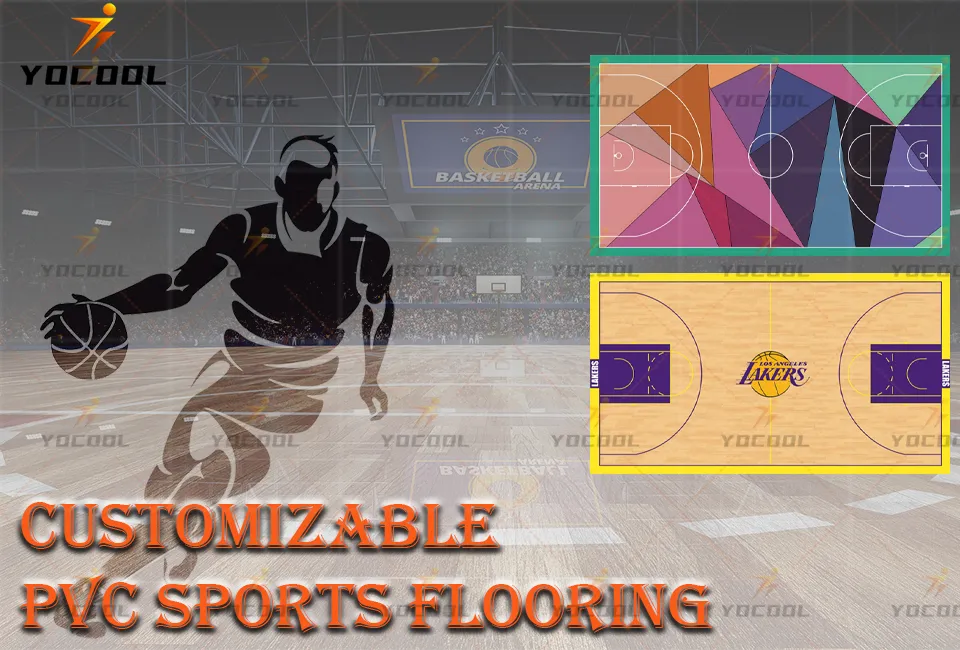

Understanding the Costs of Building a Padel Court A Guide for Suppliers
Padel, a racquet sport that combines elements of tennis and squash, has surged in popularity across the globe in recent years. As more people look to embrace this engaging sport, the demand for quality padel courts is on the rise, providing a lucrative opportunity for suppliers. However, understanding the costs involved in building a padel court is essential for any supplier aiming to enter this burgeoning market.
Initial Investment and Site Preparation
The first step in building a padel court is to assess the site. Factors such as location, land availability, and accessibility are pivotal, as they will influence overall costs. Site preparation can involve clearing land, leveling surfaces, and ensuring proper drainage. Depending on the condition of the site, these initial preparations can range from a few thousand to tens of thousands of dollars.
The cost of land varies significantly depending on your geographic location
. Urban areas typically have higher land costs, which will impact the overall budget for court construction.Construction and Materials
Once the site is prepared, the next phase is construction. A standard padel court is typically 10 meters wide and 20 meters long, but suppliers can offer various sizes to meet customer preferences. The construction costs will largely depend on the materials used. High-quality materials, such as reinforced glass for walls, artificial grass for the surface, and robust posts and fencing, can increase initial outlay but are crucial for durability and performance.

On average, construction costs can range from $25,000 to $50,000, depending on the quality of materials and complexity of the design. Suppliers should also factor in the costs of labor, which can significantly add to the overall expense.
Additional Considerations
In addition to construction costs, suppliers must consider additional amenities, like lighting, seating, and possibly a small clubhouse or changing rooms. Installing floodlights for evening matches is essential, and this could add an additional $5,000 to $15,000 to the total cost.
Ongoing maintenance is another crucial aspect that suppliers should not overlook. Regular upkeep of the playing surface and other facilities is necessary to ensure longevity and player satisfaction. Budgeting for maintenance can help mitigate larger costs down the line.
Conclusion
For suppliers looking to build padel courts, understanding the full scope of costs—from land acquisition to ongoing maintenance—is vital. With the right planning and investment in quality materials and construction, suppliers can tap into the growing enthusiasm for padel and create a successful business venture. By providing high-quality courts, suppliers can not only meet demand but also pave the way for a vibrant padel community.
High-Performance Industrial Flooring Solutions China Paddle Tennis Court for Sale
High-Performance Industrial Flooring Solutions Durable & Cost-Effective
Homogeneous Transparent Floor – Durable & Stylish Rubber Floor Solutions
Premium Homogeneous Transparent Floor for Durable & Stylish Spaces Rubber Floor Solutions
Premium Sports Floor Solutions Durable PVC Sports Floor & Rubber Floor for Gyms
Durable Rubber Composite Floor Premium Rubber Floor & Mats Solutions